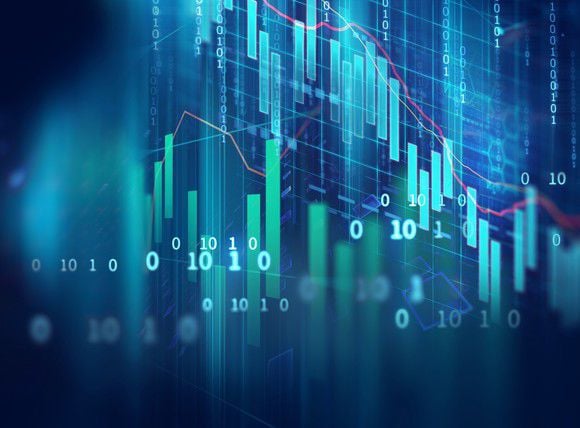Futures Calculator is a tool that allows you to calculate your profit or loss in crypto futures trading. It takes into account all of the costs you will incur when trading, including fees and exchange rates.
Futures Calculator helps you determine what price your crypto future must be traded at in order for you to break even or turn a profit when it expires.
Table of Contents
What is a Futures Calculator?
Crypto Futures Calculator is a tool that allows you to calculate the profit or loss of your futures trading. Futures Calculator is available on the Futures Trading Page.
You can use Futures Calculator to calculate the profit or loss of your futures trading. It is a tool for calculating profitability of different investment plans using certain trading instruments such as trading bot. It calculates your future value after a certain period of time, taking into account the price change in regards to market fluctuations.
Crypto Futures Calculator helps you predict cryptocurrency prices by using historical price data of the selected currency. In order to use it you will need to enter at least two previous market prices for the selected cryptocurrency. This can be done using a crypto trading platform or crypto exchange. You can also use any other website with historical crypto prices that is supported by CryptoFibonacci extension
How Does the Futures Calculator Work?
The general idea behind futures calculators is to find out how much you can earn by investing a certain amount of money in a cryptocurrency. That’s it. Basically, the more money you invest, the more profit you can hope to make.
Futures calculator takes into consideration the price of a currency, as well as its volatility and other technical factors to give you an estimate on how much profit you can make if the currency rises or falls in value over time. All of this is based on past performance and current conditions, meaning that what it predicts is completely theoretical. It’s not guaranteed to happen, but it could be a good basis for your investment strategy.
The futures calculator works by taking in information about a particular future contract that you want to buy or sell. You can tell it if you’re buying or selling, whether you’re interested in the front month or back month order (front month means you want to make your trade occur as close as possible to the current date), and how much volume of that commodity you want to trade (measured in whatever unit of measure is available).
Who Uses Futures Calculator?
Who uses futures calculators? Anyone who wants to know how much a future investment will cost when it’s due. Futures calculators can be used by people who want to know how much their stocks or mutual funds are worth when they need to sell them, or by people who are looking at buying futures as one option for saving for the future.
They’re also valuable tools for investors in the commodities markets, like farmers and commodity traders, who need to know what their holdings are worth before they decide whether they have the capital to invest in more.
A futures calculator can help these people make an educated guess about what they can afford, while also telling them the price of the commodity that they’ll be selling or buying. Many investment advisors recommend using a futures calculator before making any investment decision involving a future.
Calculation of the Revenue, Target Price, and Liquidation Price
Revenue
The revenue is the difference between the entry price and the exit price. For example, if you bought a contract at $100 and sold it at $110, your revenue would be $10. When calculating your total profit or loss per lot, you need to multiply this number by the number of contracts that you own (e.g., if you bought 100 contracts, then your total revenue would be $10 x 100 = $1,000).
The same goes for calculating profit or loss per unit or contract: You need to multiply their respective values by the number of units or contracts that make up one lot (e.g., if each unit is worth one bitcoin, then each contract represents 0.01 bitcoin).
Target Price
The target price is used as an indicator when trading futures contracts because it represents what traders expect will happen in future market conditions—that is why they decide whether they want a long position (buying) or short position (selling)
Liquidation Price
A liquidation price is the price at which a futures contract can be closed out by either party. If you think of a futures contract as an investment, this is sort of like your stop-loss order. The opposite of a liquidation price would be what people call “open interest” – i.e., the amount of contracts outstanding at any given time.
Calculating Profit or Loss Using Futures Calculator
To calculate the profit or loss of a futures contract, you need to know three things: the initial price (the “liquidation price”), the target price, and your revenue. If you compare these values with the closing price of your option, you can determine if it’s profitable.
To make this comparison, add (or subtract) both numbers from one another and divide this sum by two. This gives you a percentage value that shows how far off your prediction was from reality.




